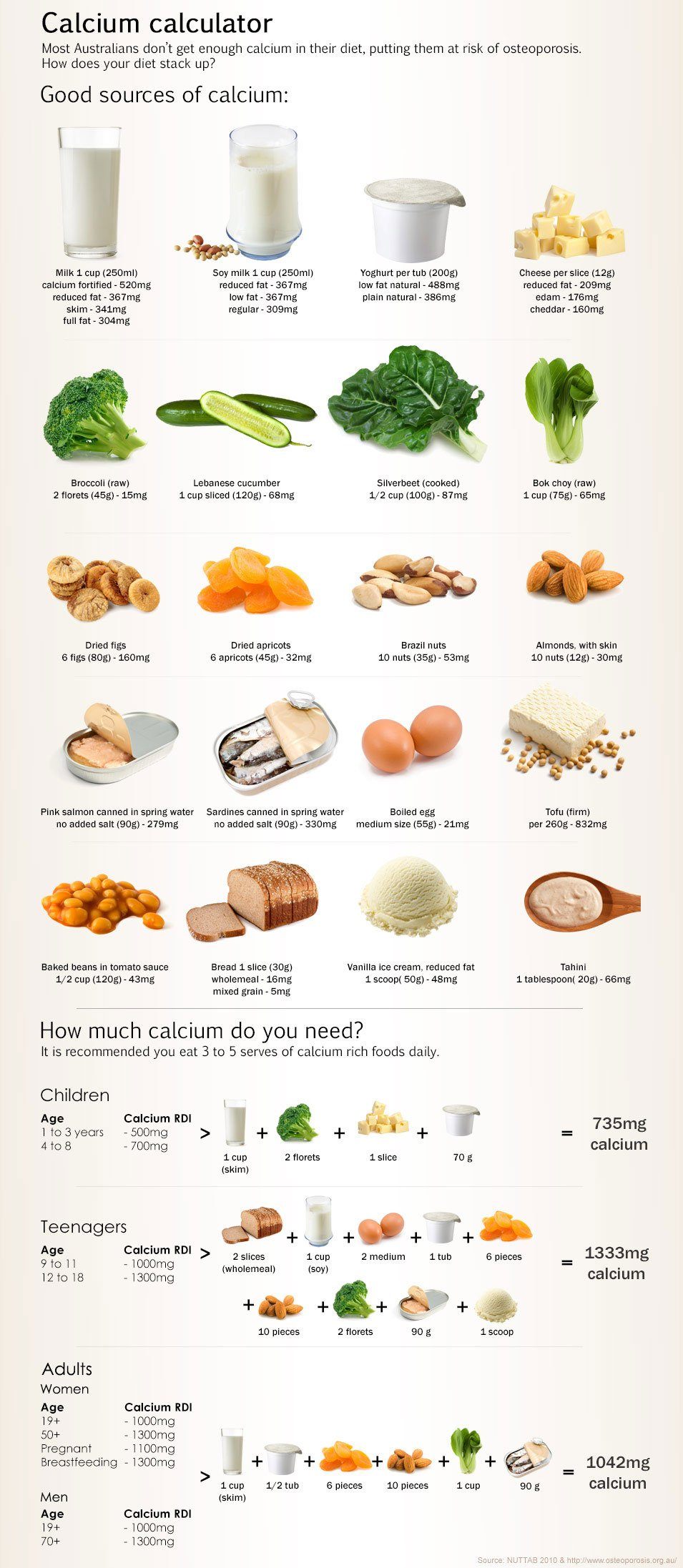Osteoporosis is a weakening of the bones, which can cause even minor movements like coughing or bending to create a bone fracture. It is particularly a problem for older women. Regular exercise can help strengthen muscles, improve balance, and decrease or lessen pain.
Check with the doctor. The symptoms of osteoporosis include back pain and the swelling of joints. The risk factors include gender, age, race, and family history. If a person is feeling the symptoms of osteoporosis, or has been diagnosed with it, start by checking with the doctor to see what level of exercise will be safe. A fitness assessment which includes a bone density measurement may be in order.
There are several types of exercise which can help minimize osteoporosis symptoms:
- Weight bearing exercises.In these forms of exercise, your feet and legs will be supporting the weight of your body. Go for a good walk, and you’ll be providing your body a weight bearing exercise. If you like to hike, that can be a great form of exercise, with the added benefit of relaxation from being out in nature. Dancing – what better way to get in a great workout than go dancing for an evening.
- Resistance workouts.A weight workout can be a great resistance routine, either using free weights or the weight machine. Think of it as health insurance for your bones as you lift those weights for a bicep curl. For especially good resistance work, don’t forget the pool. Especially during the summer, when it’s really hot outside, the water can be a refreshing break from the heat. The water provides an extra level of resistance for movements. Going aqua jogging or swimming in the lap lanes at the community pool can provide a great cardio workout that will strength bones and muscles.
- Flexibility work. The soothing movements of tai chi can provide a wonderful and relaxing way to increase overall flexibility. As a person moves through the slow and graceful steps that feel like ballet, they find it very relaxing. For a wonderful way to improve flexibility, a yoga session may be the way to go. It will loosens up joints and muscles, with the additional bonus of calming and providing extra mental clarity. To really work on flexibility, just get in an extended session of stretching. Holding stretches for longer periods, where you gently allow ligaments to release, can benefit overall flexibility, while also helping provide a more stable base for the bones.
Movements to avoid. With osteoporosis, avoid high impact activities like jumping, running or jogging. Those exercises can cause weak bones to fracture. When working out, take care to avoid jerky, rapid movements. Choose exercises that will allow slow motions which you can control. Take care to avoid exercises where you bend forward, and twist your waist, including situps, which can increase the risk of compression fractures.
Feel the benefits of exercise. If a person has been exercising all their life, they will have stronger bones than someone just starting a workout routine. The person who just begins to work out later in life will need to work a little more slowly to build their bone base. But for either type of person, there will be noticeable benefits – muscle strength will improve, and a person’s balance will be better. It will be easier to take on daily tasks, and maintain correct posture. Pain will diminish, and the sense of well being will be improved.
Exercise can be an excellent way to minimize the effects of osteoporosis, and by choosing exercises you enjoy, you’ll be more likely to continue, and build stronger bones in the process.

Image Source – ABC Health & Wellbeing